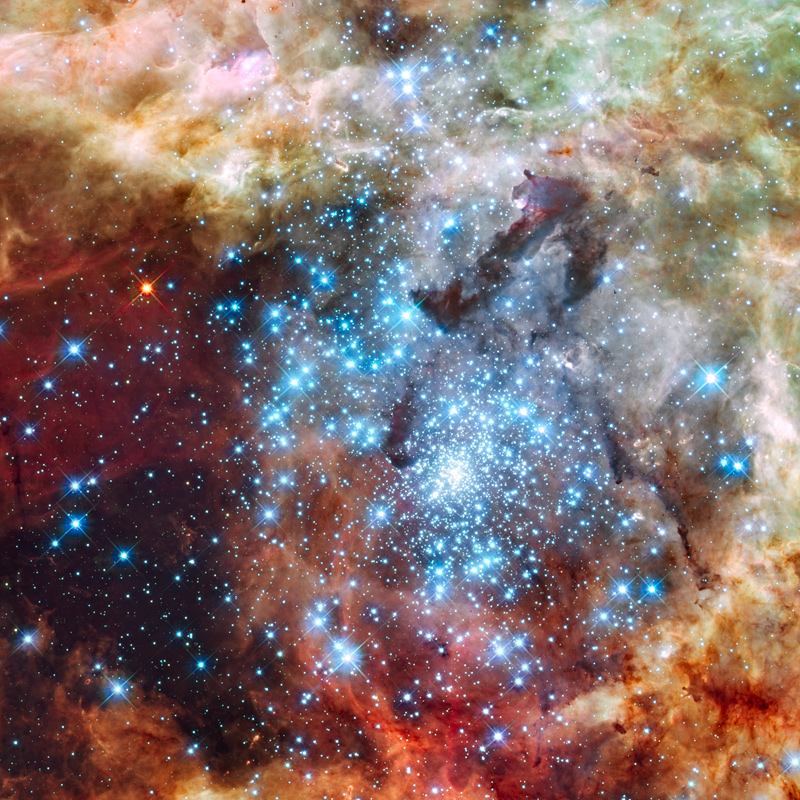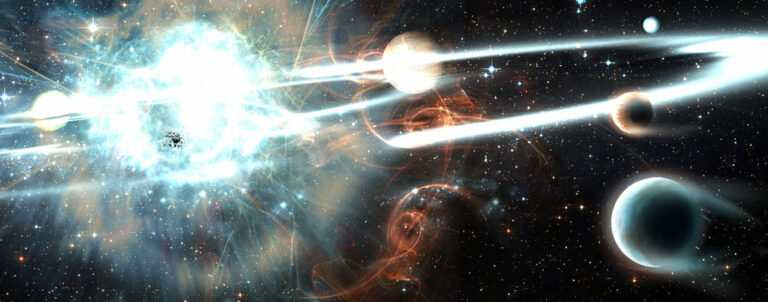An Asymmetric Supernova Might Be the Cause of Hypervelocity Stars Roaming Independently
Prompt 1: Hypervelocity stars have been observed moving through the Galaxy at extremely high speeds (700 km/s), but there is still ongoing debate about the mechanisms that cause such phenomena. Astronomer Thomas M. Tauris suggests that unbalanced supernova explosions can expel lower-mass Solar stars from the Galaxy at speeds of up to 1280 km/s. According to him, this mechanism could explain the majority, if not all, of the identified G/K-dwarf hypervelocity candidates.
Several theories have been proposed to explain the origin of hypervelocity stars, and these hypotheses can vary depending on the type of star. Tauris supports a simplified explanation that involves a higher-mass star in a close binary system, which eventually undergoes a core-collapse supernova explosion. The close proximity of the stars in the system contributes to the exceptionally high orbital velocities. The supernova explosion, which is asymmetrical, disrupts the binary system and imparts a significant momentum to the newly formed neutron star. The remnants of supernovae with massive progenitors can either be neutron stars or potentially more exotic objects like black holes.
On the other hand, Tauris acknowledges that the previously mentioned binary origin does not adequately explain the observed velocities of higher-mass hypervelocity stars, specifically the B-stars. These B-stars are often associated with an ejection mechanism resulting from a binary interaction with the supermassive black hole at the center of the Milky Way. Alternatively, some propose that interactions between multiple stars near the cores of star clusters can produce certain hypervelocity candidates.
There are several potential compact objects, such as neutron stars, that exhibit extreme velocities. Examples include B2011+38, B2224+65, IGR J11014-6103, and B1508+55, with the latter potentially reaching a velocity of 1100 km/s. However, Tauris concludes by stating that a definitive identification of a hypervelocity star being ejected from a binary through a supernova event is still lacking. Although there is a candidate (HD 271791) under debate.

Tauris is associated with the Argelander-Institut für Astronomie and Max-Planck-Institut für Radioastronomie. The results of his research will be made available in the upcoming March edition of the Monthly Notices of the Royal Astronomical Society. For those interested, a preprint of Tauris’ study can be found on arXiv. Studies on hypervelocity stars have been previously published by Brown et al. in 2014 and Palladino et al. in 2014.
This article is republished from PhysORG under a Creative Commons license. Read the original article.*
Do not forget to share your opinion with us to provide you with the best posts !




0 Comments